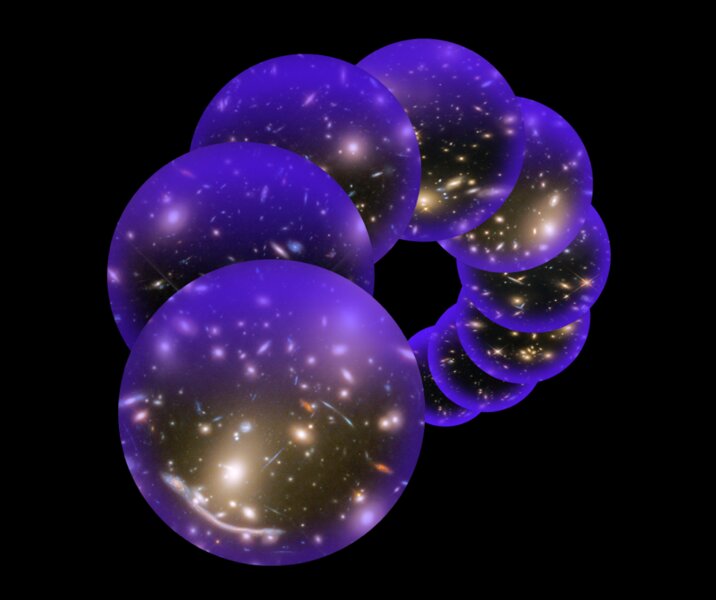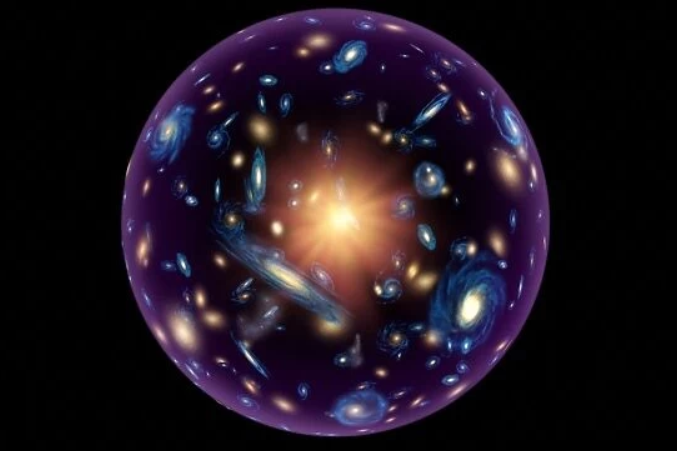Numerous “virtual universes” were created to examine the progression of galaxies throughout time.
How do spiral galaxies like the Galaxy we live in come into existence? How do they build and evolve as time passes? These simulations have placed a team of scientists headed by the University of Arizona in a better position given that they are now closer to finding out about the mystery of galaxy formation.
Unfortunately, this is the only way for scientists to investigate the evolution of galaxies over billions of years as observations of galaxies in space can only give us snapshots of the distant past. Previously, this method has been employed by astronomers to construct and evaluate single new theories on the galaxy formation. To overcome this issue, assistant professor Peter Behroozi of the UA Steward Observatory and his team generated millions of unique cosmos where every one of them adhered to various physical laws regarding galaxy formation.

The study, presented in the Monthly Notices of the Royal Astronomical Society, challenges mainstream ideas about the effects of dark matter on the process of galaxy formation, galactic evolution, and star formation.
Says Behroozi, the main author of the study: “By creating a number of universes on the computer and comparing them to the actual universe, one can define which rules lead to the observed universe. ”
Based on computer models of large fragments of the real universe and spanning the time from 400 million years after the Big Bang to the present, this research has created self-consistent universes that closely mimic the real thing. The survey contains 12 million galaxies over 400 million years.
Each of the simulated universes called “Ex-Machina” was checked for the similarity of galaxies in the generated universe to that of the actual universe. The universes that looked like our own had similar fundamental physics and highlighted a new efficient way to explore galaxy evolution.
The results of the “UniverseMachine,” as the authors called their methodology, have assisted in solving one of the big questions that puzzled astronomers: why galaxies cease to create new stars although they contain sufficient amounts of hydrogen, the key ingredient for stars.
From the perspective of various theories, star formation in galaxies depends on multiple factors and this paper satisfies the objective. One of these processes include the interaction of gravity that pull cold gas towards areas of high density as well as other factors that encourage quenching of star formation.
Hypothesized for instance, is that supermassive black holes only lie at the event horizon of the center in most galaxies. The extraordinary amount of energy radiated by these black holes as it swirls in a rough and turbulent manner effectively prevents the gas from cooling, thus eliminating the capability of forming star nurseries. Secondly, there are remnants remaining behind after dying stars, called supernovae, that also causes this phenomenon.
Additionally, dark matter, the unseen material that pulls the seen substance of a galaxy through gravity, has a significant function in this process. It accrete cold gas from the outer and inter galactic medium and heat it up in the process.
As we were supposed to make some predictions about the results of the recent research, instead the researchers found something quite interesting. If we traced time further back in the universe, we expected the density of dark matter to be higher, while the temperature of gas would be higher as well.
This would presuppose that a large number of galaxies in the young universe should have exhausted their ability to form stars long ago since the process is believed to be unfavorable for galaxies in this environment. On the other hand, the work has reported the opposite of what has been predicted. Specifically, largest galaxies turned out to form new stars at a higher rate contrary to expectations.
Do not forget to share your opinion with us to provide you with the best posts !




0 Comments